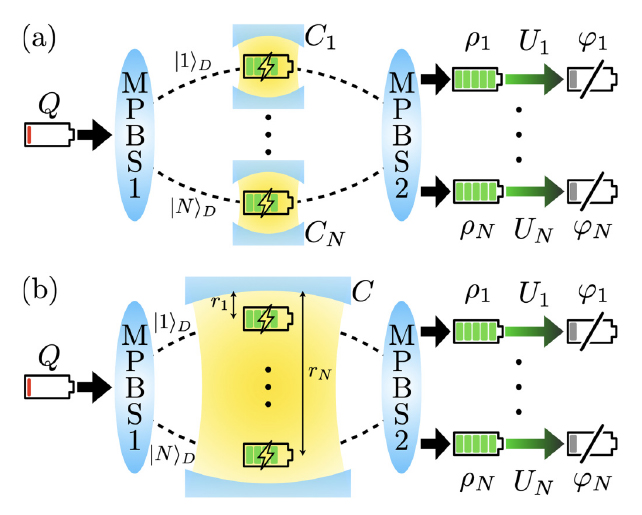Quantum Batteries: The Future of Rapid Energy Storage?

In a groundbreaking development, physicists from National Cheng Kung University in Taiwan have demonstrated a novel approach to battery charging that could revolutionize energy storage as we know it. By harnessing the mind-bending principles of quantum mechanics, their research paves the way for ultra-fast “quantum batteries” that could outperform conventional electrochemical cells in both charging speed and energy density.
At the heart of this breakthrough lies the peculiar wave-like nature of particles in the quantum realm. According to the foundational principles of quantum physics, all matter exhibits a wave-particle duality, existing as a “superposition” of multiple potential states simultaneously. This counterintuitive phenomenon has baffled physicists for over a century, yet it is a empirically verified cornerstone of modern physics.
The Taiwanese research team realized that this quantum superposition could be exploited to create a novel form of battery, one that stores energy not through chemical reactions, but by trapping particles in a superposition state. Their experimental protocol demonstrated two key approaches for charging such a “quantum battery” using the fuzzy, wavelike nature of an ion trapped in a superposition state known as a qubit.

In the first approach, the qubit’s wave was split and passed through multiple entry points into a single cavity, while in the second, the split waves entered separate cavities. Remarkably, the researchers observed that the “many doorways, one room” configuration induced a striking quantum interference effect, allowing for what they termed a “perfect charging phenomenon” – a complete conversion of stored energy to usable work at any point during charging.
But the true power of this quantum battery concept lies not just in its charging efficiency, but in its scalability. The team showed that the interference effect persisted even when multiple qubits were charged simultaneously, opening up possibilities for high-capacity energy storage systems.
To validate their theoretical models, the researchers carried out experiments on cutting-edge quantum computing hardware from tech giants like IBM and IonQ. While these experiments used qubits as proxies for a theoretical quantum battery, the successful demonstrations provide a crucial proof-of-concept, showing that such rapid quantum charging is indeed possible within the bounds of physical laws.
The implications of this work are far-reaching. As the world shifts towards renewable energy sources, the need for high-performance batteries has never been greater. Conventional lithium-ion batteries, while impressive, still suffer from relatively slow charging times and limited energy densities. Quantum batteries could obliterate these limitations, enabling everything from lightning-fast charging of electric vehicles to compact, high-capacity energy storage for solar and wind farms.
Moreover, the very concept of quantum batteries opens up a new frontier in the realm of quantum technology. By exploiting the bizarre yet powerful principles of quantum mechanics, researchers could unlock novel approaches to energy storage and transfer that were previously unimaginable.
Of course, significant challenges remain before quantum batteries can become a commercial reality. The current experiments merely demonstrate the underlying physics – transforming this into a practical, scalable battery technology will require years of intensive research and development. Scientists must find ways to stabilize and control the delicate quantum states involved, as well as develop materials and architectures suitable for large-scale energy storage.
Yet, despite these hurdles, the potential rewards are immense. A viable quantum battery could spark a revolution in energy storage, propelling us towards a more sustainable, energy-efficient future. As the world grapples with the urgent need to combat climate change and secure reliable energy sources, this quantum breakthrough offers a tantalizing glimpse of what may lie ahead.
This research was published in Physical Review Research.






